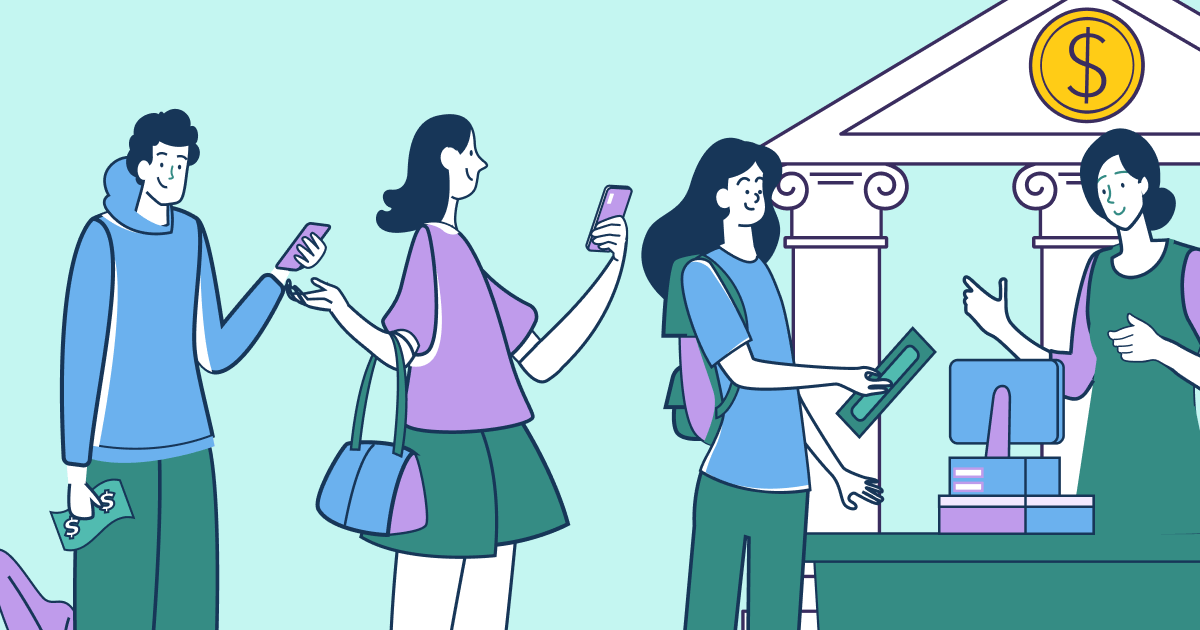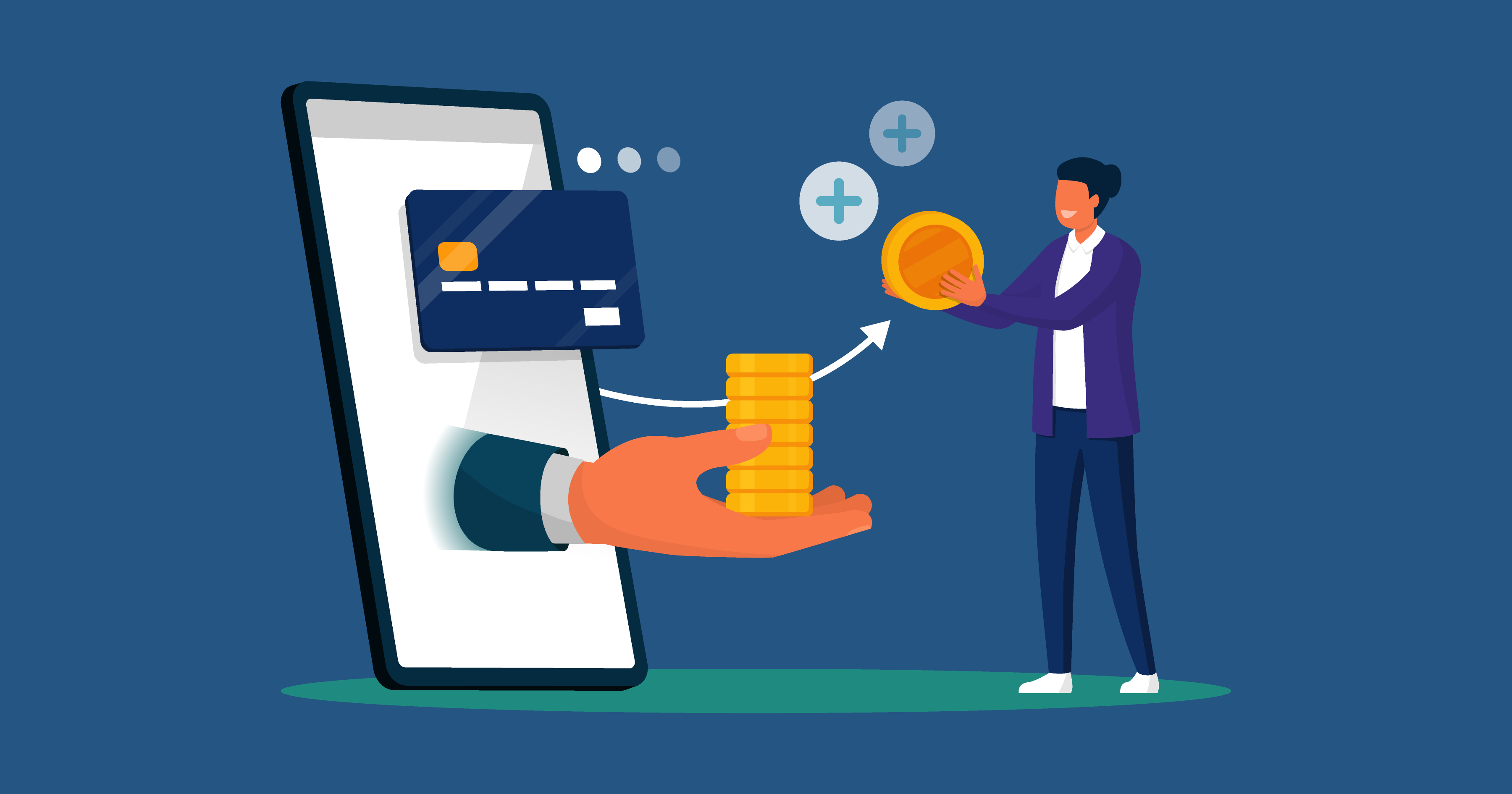With accelerated competition in the form of nimble fintechs and tools that make it easy to migrate accounts, plus higher-than-ever customer expectations, financial institutions face the need to make banking customer loyalty mission-critical. According to data from Wildfire’s 2025 research report, “The AI Shopping Shift,” consumers today are deeply value-driven. With external pressures including a fluctuating job market, inflated prices, and general economic uncertainty, they actively seek out discounts, cashback, and rewards when they shop, which extends to their financial lives in general.
This environment means a well-crafted loyalty program designed to retain customers by rewarding them and creating a deeper relationship is a strategic imperative. With tools like “Switch Kits” and Open Banking data sharing making it easier than ever before for consumers to switch financial providers, a loyalty program that delivers real value, builds trust, and feels personal to the customer can turn a transactional banking relationship into a rewarding long-term partnership.
Make savings the core offering
Given consumer attitudes today, monetary savings are the single strongest motivator for consumer satisfaction. In Wildfire’s survey, 78% of U.S. consumers said they’re more interested in digital coupons and cashback rewards than ever before, which indicates banks should center loyalty programs on tangible savings and providing value to the customer. This means offering customers clear savings benefits such as cashback for online purchases, ATM fee rebates, or exclusive merchant discounts.
By embedding these savings into customers' daily lives, for example, via a shopping rewards program branded for the bank and integrated seamlessly into customer-facing surfaces as a key benefit, banks can provide continuous everyday value to their customers.
When users routinely save when they do spend, and it's provided by their bank, they will have more reason to stay with the financial institution bringing them these savings.
Conversely, if a program doesn’t deliver compelling value, customers won’t engage, and in the long term are more likely to move on. For example, a banking study from CORA Group found that 14% of closed credit card accounts had had no reward redemptions in the year prior to closure – a clear warning that a customer going “dormant” hints at their impending departure.
Make savings easy and central to the experience, to keep your customers coming back.
Build loyalty with trust
Trust underpins any successful loyalty initiative. Customers won’t fully engage with a program if they fear hidden catches or misuse of their data. And consider the simplicity of your program, from earning to redeeming. In Deloitte’s 2024 Consumer Loyalty Survey, 86% of respondents rated simplicity / ease of use as “important” or “very important” in a loyalty program. Don’t make your customers work hard to realize your program benefits.
As well, even as people experiment with new digital tools like AI chatbots, trust is fragile and privacy remains a top concern. Banks must design loyalty programs that emphasize transparency and consumer protections. In the same Wildfire survey, we analyzed consumer attitudes towards what would increase their trust in agentic commerce, but the same factors that influence consumer trust in an AI setting can also be applied to nearly any other category of consumer interaction.
Respondents in our survey cited strong consumer safeguards (e.g. fraud protection, guarantees on purchases, human support availability, etc.) as a key factor that would increase their trust. Applying these principles, plus clear rewards program terms and fair redemption policies, show that a rewards and loyalty program puts customers first.
In essence, to build loyalty, first build user confidence:
- Be upfront about how rewards or points are earned and can be redeemed
- Protect customer data
- Make support available and accessible
- Keep programs simple
When customers feel safe and respected, they feel like their bank is looking out for their interests.
Personalize - without overreaching
Loyalty is strongest when customers feel understood by their bank. Personalization can make rewards far more compelling – for example, highlighting deals in categories a customer cares about. As the CORA Group survey noted, “[Banks that offer a loyalty program] often take a one-size-fits-all approach, offering reward options based on broad, simplistic segmentation that fails to account for the unique characteristics and behaviors of their diverse customer base… Modern loyalty technologies can tap into the customer data that banks already have to identify unique behavior and preferences.” At the same time, it’s crucial to balance personalization with respect for privacy.
Banks should leverage the rich low-risk data they already have, such as customers’ transaction patterns (preferred stores/shopping categories), explicitly stated preferences, and engagement history, to tailor rewards and offers.
At the same time they need to avoid any use of data that might feel “creepy” or intrusive. Give users control and transparency: let them opt in to receive recommendations or set their preferences, and clearly explain how their information will be used to enhance their experience with the program.
Over time, this personalization can create a virtuous cycle: better-tailored rewards make customers feel valued, which builds trust and leads to greater usage – yielding still more insights to further improve the program for each individual customer. By personalizing thoughtfully while avoiding overstepping comfort boundaries, banks can make each customer feel like the loyalty program was built for them, increasing customer satisfaction.
Conclusion
A well-structured loyalty program is now a strategic imperative for financial institutions. By anchoring programs in what consumers value most – meaningful savings, trust and transparency, and personalized relevance – banks can reduce attrition and deepen customer engagement. The forward-thinking institutions that deliver on these principles will set themselves apart.





